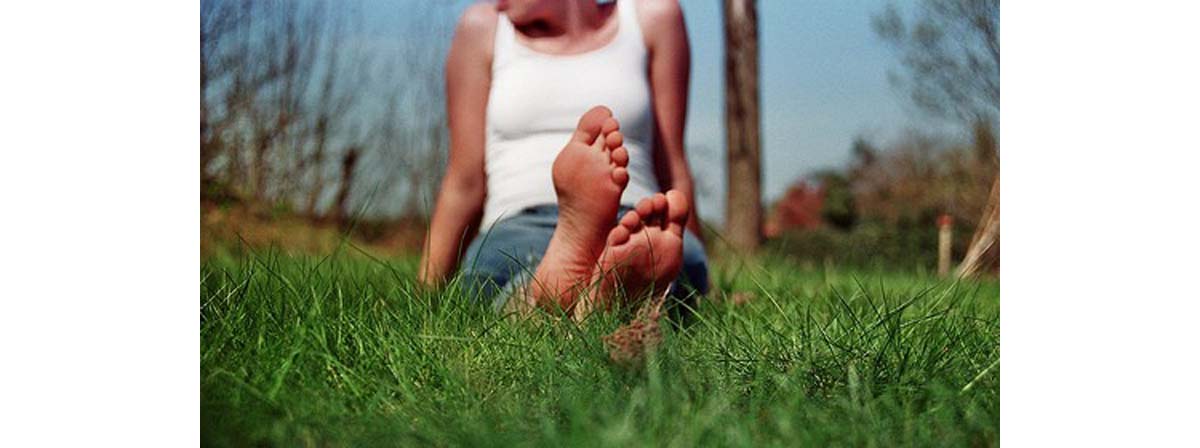Table of Contents
Many people will instantly recognize the old rhyme song which includes the absolute gem: "the thigh bone’s connected to the hip bone" and ... "doing the skeleton dance". If you didn't know, anatomically the song, which is called "The Skeleton Dance", is absolutely correct, but most people might not realize the significance of this and the consequences of all that inter-connectivity.
The fact that all our bones are interconnected means that if you have problems with your feet – which may not even cause any pain – these may be reflected in pain elsewhere in the body. That's right, foot pain could lead to pain in your knees, hips, back, and even cause some painful headaches!

There’s more to walking than you might think
Because most of us do it with such ease and we don't even think about it, walking seems very simple and not something we normally even think about. But it’s actually a complex and carefully orchestrated succession of events, enabling us to move forward by passing our bodyweight over our feet. This is well summed up in the description of walking as ‘controlled falling over’ (think about this next time you take a step!).
At any one time in the gait (walking) cycle, we have one of our feet in contact with the ground and the other foot is in the air – at the end of what is called the ‘swinging leg’ motion. This leg has swung forward from behind us, to in front, of us and in this position it touches down to the ground – with the heel striking the ground first (this is called ‘heel contact’). There then begins the process where bodyweight is transferred to this leg from the other leg, which then loses contact with the ground and becomes what is known as the swinging leg.
At the same time as the transfer of bodyweight from one leg to the other, the foot which has contacted the ground needs to flatten out to accept the bodyweight and then lift up again as we propel ourselves forward for the next step. The foot undergoes two major manoeuvres – called pronation and supination.
What is pronation and supination?
Pronation is essentially where the foot rolls inwards and lowers the arch, as it absorbs the shock from heel contact and accepts the transfer of bodyweight. It lasts for a fraction of a second, before supination starts. This is where the heel rises and the foot rolls outwards, so that the front outer part of the sole is the last part to leave the ground as the next step is taken.
- Neale’s Disorders of the Foot. 8th Edition. Published by Churchill Livingstone, Edinburgh, UK
- Valmassy RL. Clinical Biomechanics of the Lower Extremities. Published by Mosby, Missouri USA
- Perry J. Gait Analysis. Normal and Pathological Function. Published by Slack, New Jersey, USA
- Photo courtesy of Ralph von der Heyden by Flickr : www.flickr.com/photos/rvdh/3557615878/
- Photo courtesy of Mario Antonio Pena Zapatería by Flickr : www.flickr.com/photos/oneras/4464716994/
- www.medicinenet.com/tension_headache/article.htm


Your thoughts on this